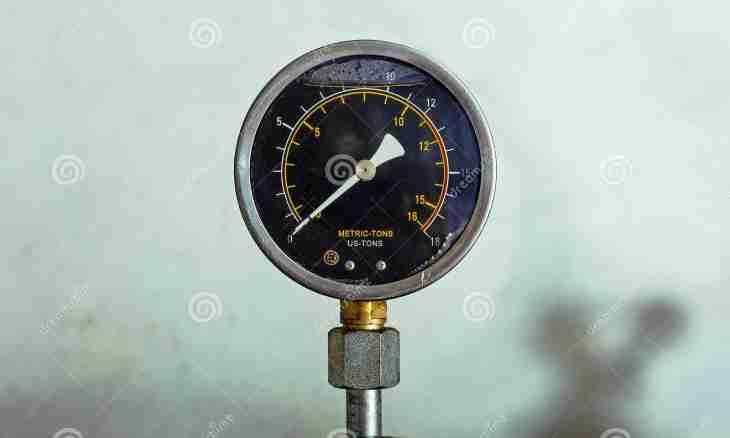At the solution of some practical tasks it is required to measure gas pressure. If gas is meant as air, then it is necessary to measure atmospheric pressure. If gas is in a vessel, then special devices will be necessary. Pressure of gas can also be calculated and theoretically if its key parameters are known.
It is required to you
- - aneroid barometer;
- - manometer;
- - scales;
- - thermometer.
Instruction
1. To measure the atmospheric pressure of air (which is also gas, is more true – mix of gases) take the ordinary aneroid barometer. A basis of this device is the small metal box which changes the volume under the influence of external pressure. Pressure on a scale of such device is usually specified in the atmospheres or millimeters of mercury (is more rare in pascals/kilopascal/mm.rt. St).
2. For very exact measurement of atmospheric pressure take a mercury barometer. Though this device is also not so convenient in application, but it will very precisely show pressure in classical "millimeters of mercury" (mm Hg). However the big accuracy of measurements is relevant only for professional weather forecasters. For domestic needs the usual barometer suffices.
3. To measure gas pressure in a vessel (cylinder, the camera, a pipe, etc.) take the manometer with a suitable accuracy and measurement range. If the accuracy of measurements is changeable, then use the electronic manometer. This device allows to regulate accuracy (and sometimes and range) measurements of pressure of gas. Install the manometer on the special union which is available practically on any standard cylinder. The majority of manometers show pressure in the atmospheres or kgf/cm². For the translation of pressure from one size in another consider that 1 kgfs/cm²=1 to the technical atmosphere of =100 kilopascals.
4. If it is impossible to measure gas pressure, then calculate it theoretically. For this purpose determine the vessel volume, gas temperature, its weight and the chemical composition. The volume of standard gas cylinders, as a rule, is specified on the cylinder (50 liters "propane" and on 40 liters on oxygen, etc.). Determine the mass of gas, having weighed an empty cylinder, and then filled. The difference in weight will also be the mass of the gas which is contained in a cylinder. For convenience of calculations transfer the mass of gas to grams, and temperature in Kelvins (add number 273 to indications of the thermometer in degrees Celsius).
5. Now determine the molar mass of gas. So, for example, for oxygen the molar weight 32, and for air – 29. Having specified all necessary parameters, multiply number 8.31, mass of gas in a vessel and temperature. Then divide this work into vessel volume (in cubic meters) and molar weight. P = (m * R * T) / (M * V). The number received as a result will be gas pressure in pascals.

